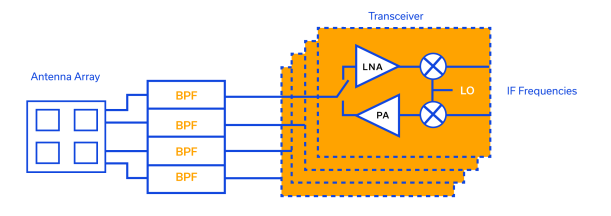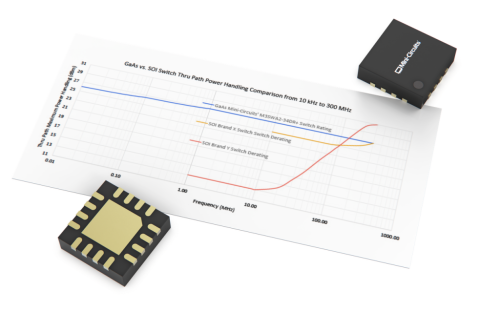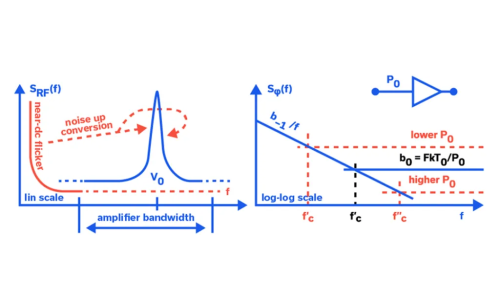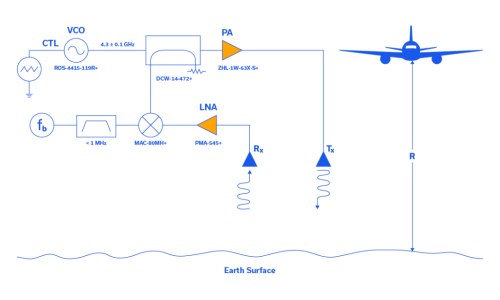LTCC Filter Innovations Enable Next Generation Aircraft Internet Links
Erick Olsen, Global Market Manager – Aerospace & Defense, Mini-Circuits

Background
For all the headlines and personal anecdotes lamenting how commercial air travel isn’t what it used to be, there are some clear benefits enabled by recent advances in technology we might be taking for granted. One of these is in-flight internet service. Whether domestic or international, most flights now offer internet service via satellite, allowing passengers to remain connected for personal and business use throughout the majority of their journey.
For most aircraft in service today, the satellite up/downlink connection is achieved with a mechanically steerable antenna mounted to the top of the fuselage. The antenna has a limited range of motion to maintain connection with the satellite while compensating for the movements of the aircraft during normal flight operation. These mechanical systems are now giving way to electronically steerable systems using phased array antennas to deliver more reliable connectivity with lower costs of operation and maintenance for the carriers.
While the older mechanical systems used a few RF filters in the transmit and receive paths, the newer phased array designs incorporate multiple antenna elements, each of which requires a set of filters. This evolution in hardware has created a need for filters that are small enough to fit in the compact assembly while providing the necessary rejection and selectivity in the necessary application bands. Until recently, designers typically had to choose between the high Q of filters using air cavities or discrete elements and the smaller size and better manufacturability of surface-mount designs with shallower rejection floor and gentler slope in the transition band. Fortunately, Mini-Circuits recent innovations in LTCC filter design offer the best of both worlds.

Operating Bands & Filter Models
The growing majority of commercial LEO and GEO satellite network providers deliver broadband internet using established up- and downlink frequencies in the X (10.7 to 12.7 GHz), Ku (17.7 to 21.2 GHz) and Ka (27.5 to 31 GHz) bands. These bands include commercial and military extended frequency ranges. Mini-Circuits has developed LTCC filters specially designed for aircraft internet link requirements. The commonality of these bands and parameters for applications in this space has allowed us to offer models from our catalog that can be used by most customers working in these types of systems.
Model Name
Description
F Low
F High
The above filters are often combined in both transmit and receive chains with sub-channel filters to further divide the X, Ku and Ka bands. They can also be combined with our ultra-small (0805 and 0603) low pass and high pass LTCC filters and MMIC reflectionless filters to achieve the desired filtering response.
Recent Success and Next Steps
Since releasing these models in late 2022, Mini-Circuits LTCC filters have gained traction among several customers developing electronically steerable solutions for commercial and military satellite internet applications. The models shown here are in stock for immediate shipment. Designs for additional passbands may be developed if you have special requirements for sub-channel filtering. Our applications engineers are available to support you in finding the best solution for your system.











